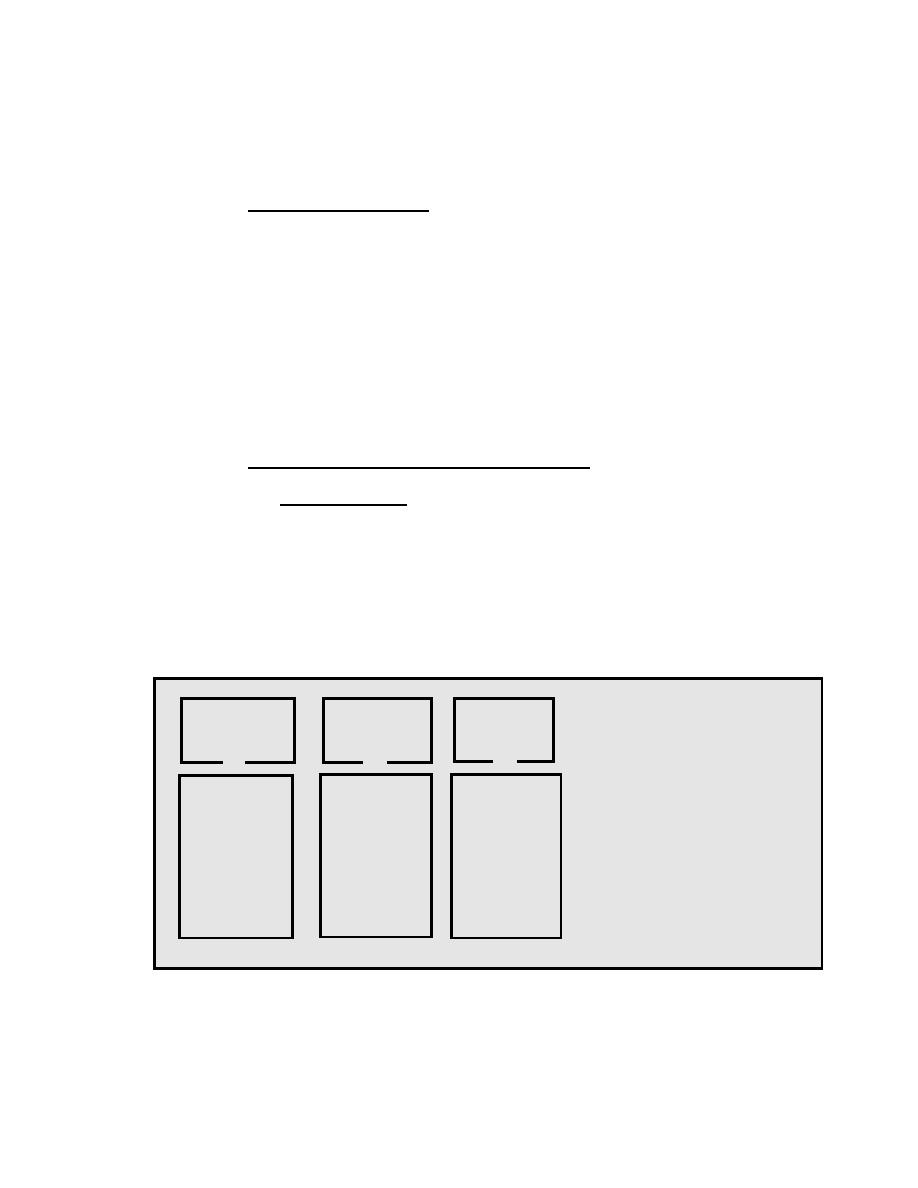 |
|||
|
|
|||
|
|
|||
| ||||||||||
|
|  DOE-HDBK-1086-95
demand a different approach while still completing each step. This complexity requires
flexibility on the part of the facilitator not only to recognize the varying needs that may
develop during the design process, but also to adjust process proceedings to meet
those needs and to accomplish the overall goal of the TTTD process.
4.8.1
Step 1 - Orient the Team. The first step in any TTTD session is to orient the
team carefully to what will be happening during the session. The orientation
must be well done and should use an informal, non-technical explanation of
the process. Addenda C-E were carefully designed to fulfill the requirements
of a "well-done" orientation.
Remember that during the lessons, the observers are allowed to participate
and sit at the tables with the team members. Once these lessons are
completed, the observers should be reminded (during the break after the
"Maximizing" lesson) to sit at separate tables in the back of the room with
copies of all process materials. Future developers should be reminded to
take notes on discussions that will have an impact on the development of the
training program.
Step 2 - Design the Training Program Structure.
4.8.2
4.8.2.1 Set-Up for Step 2. Prior to the start of the process, all entry-level
requirements (including selection requirements, entry-level knowledge
and skills, and entry-level training) should be written on flipchart pages
and posted on the far left-hand side of the wall.
A whiteboard (or flipchart if whiteboard is unavailable) should be placed
on the other side of the room. The whiteboard must be large enough for
the initial and continuing training structures to be drawn. The initial and
Selection
Entry-Level
Entry-Level
Training
Requirements
Knowledge &
Skills
S-3
S-1
S-2
General Empl
10th Grade
B.S. in
Trng.
Reading
Technical
Level
Field
Rad Worker
Basic Math
(2) Years
Facility
Skills
Experience
Spec. Trng.
Pass a Phys.
Conduct
Exam
of Ops
continuing training structures should be displayed during the entire
process to provide a global picture of how the structure is developing.
21
|
|
Privacy Statement - Press Release - Copyright Information. - Contact Us |